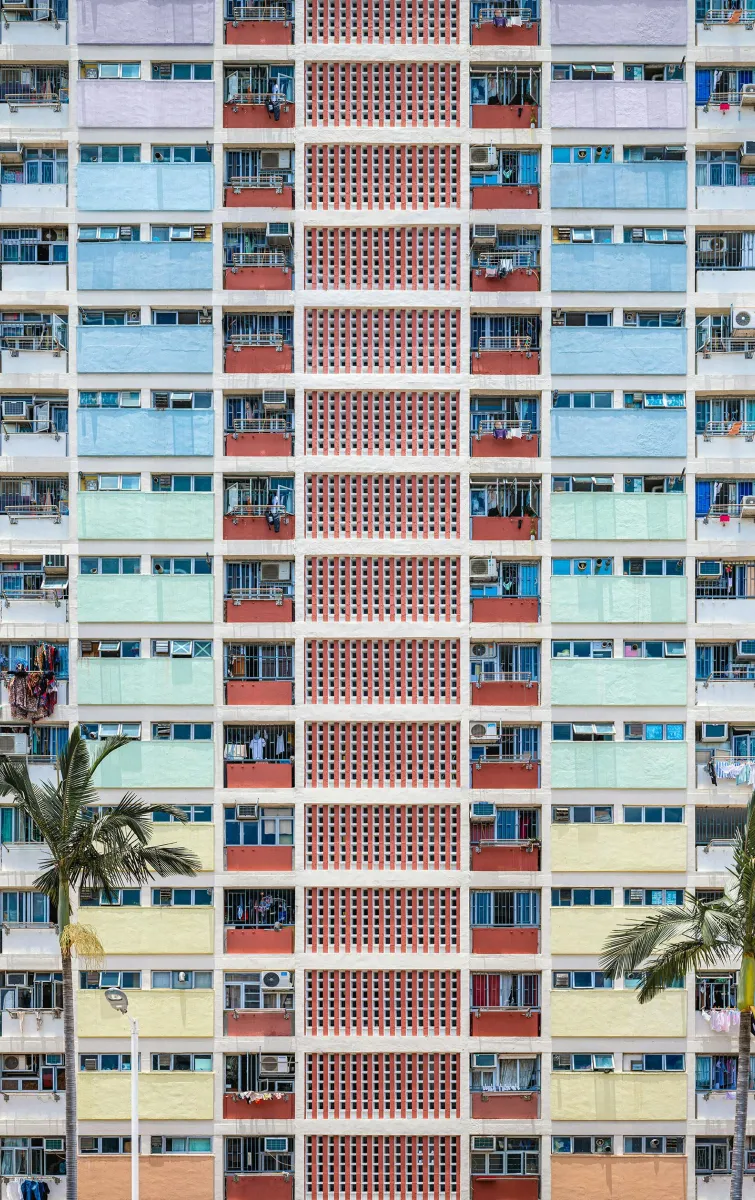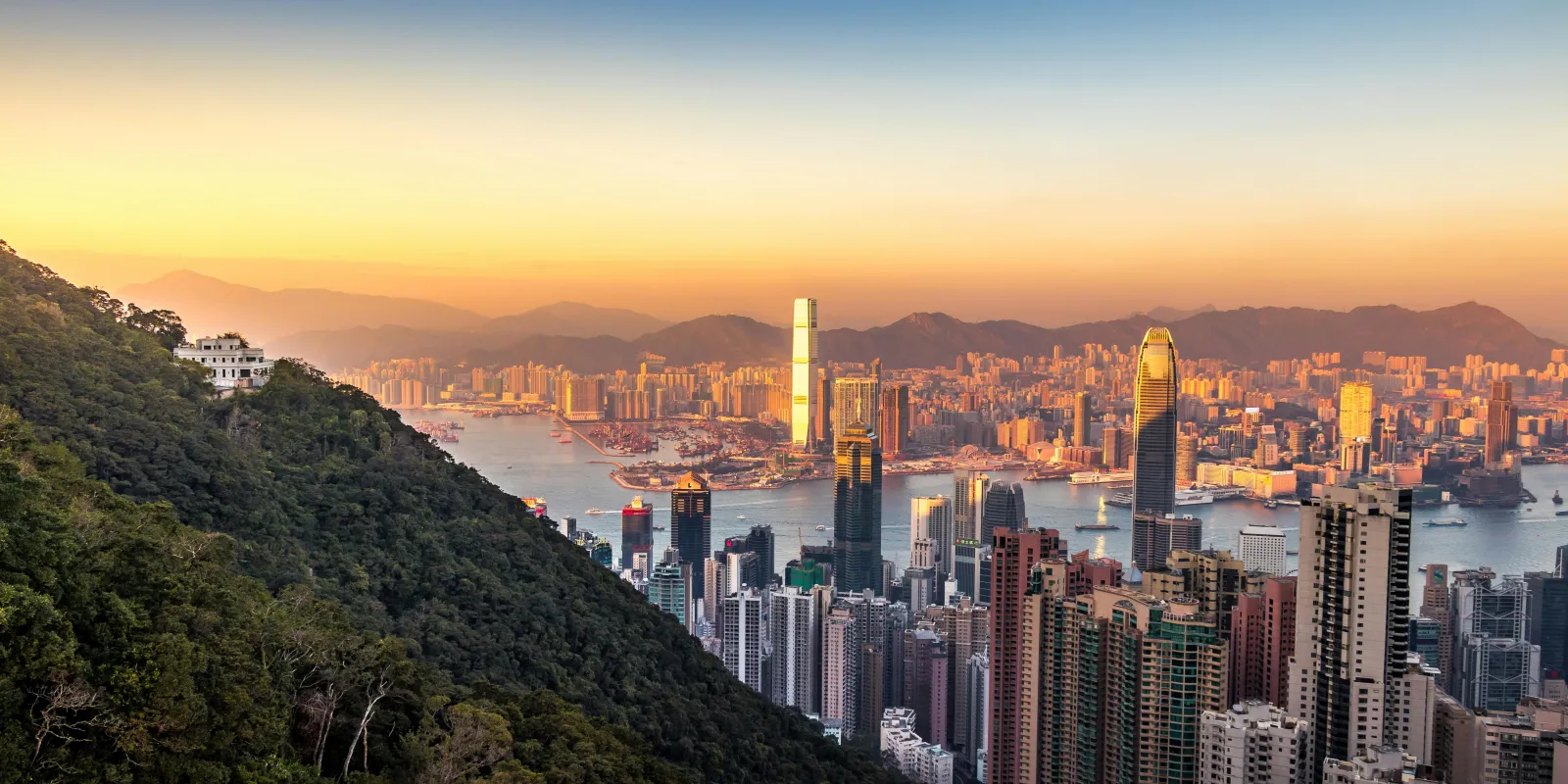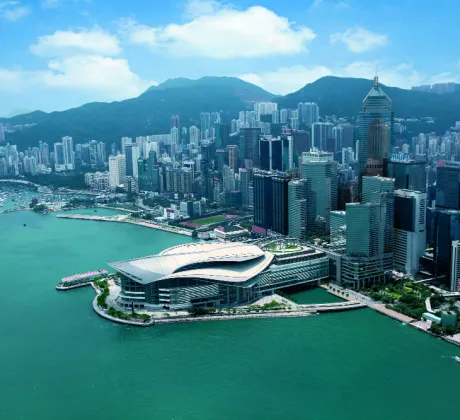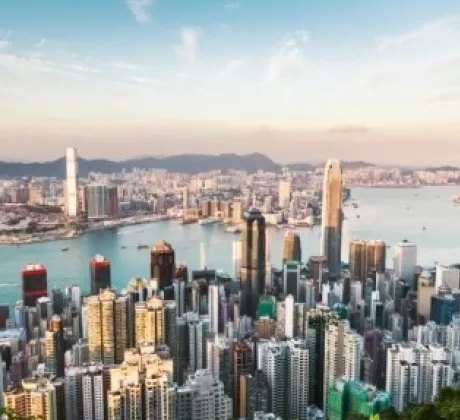Hong Kong: A city of contrasts
Hong Kong is a vibrant and densely populated special administrative region of China, located on the southern coast near the Pearl River estuary. It comprises Hong Kong Island, the Kowloon Peninsula, the New Territories, and over 200 islands, covering an area of about 1,114 square kilometers with a population of around 7.5 million people. Originally a collection of farming and fishing villages, Hong Kong evolved into a major global financial center and commercial port, ranking as the world's third-largest financial hub after New York and London.
In addition to its financial prominence, Hong Kong is known for its impressive skyline, deep natural harbor, and efficient public transportation system. It operates under the “one country, two systems” principle, which grants it a high degree of autonomy, including its own legal and economic systems, separate from mainland China. The city is a cultural melting pot, blending Eastern and Western influences, and is renowned for its culinary scene, international film industry, and vibrant arts festivals.
Hong Kong also boasts a strong education system, several world-class universities, and a high Human Development Index. Despite its urban density, it offers abundant green spaces, including country parks and hiking trails that cover about 40% of its land area. The city is also a major hub for international trade, logistics, and tourism, attracting millions of visitors annually.
Visa requirements
Accessibility is a key advantage: visa-free access for nationals of around 170 countries and regions; half the world’s population within a five-hour flight; around 1,000 flights daily to and from some 170 destinations worldwide, including 50 Mainland China cities.

QUICK FACTS ABOUT HONG KONG


Learn more








